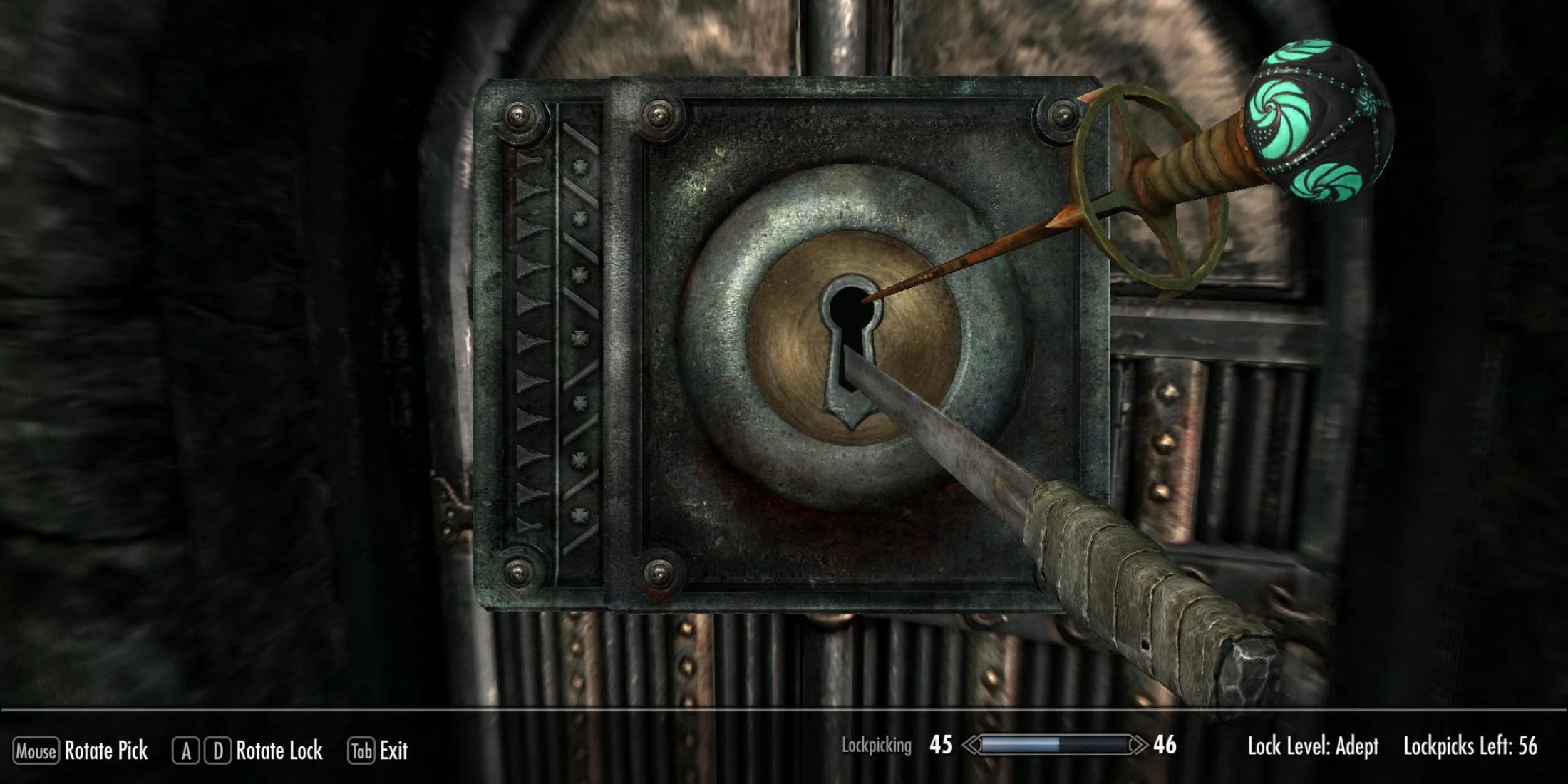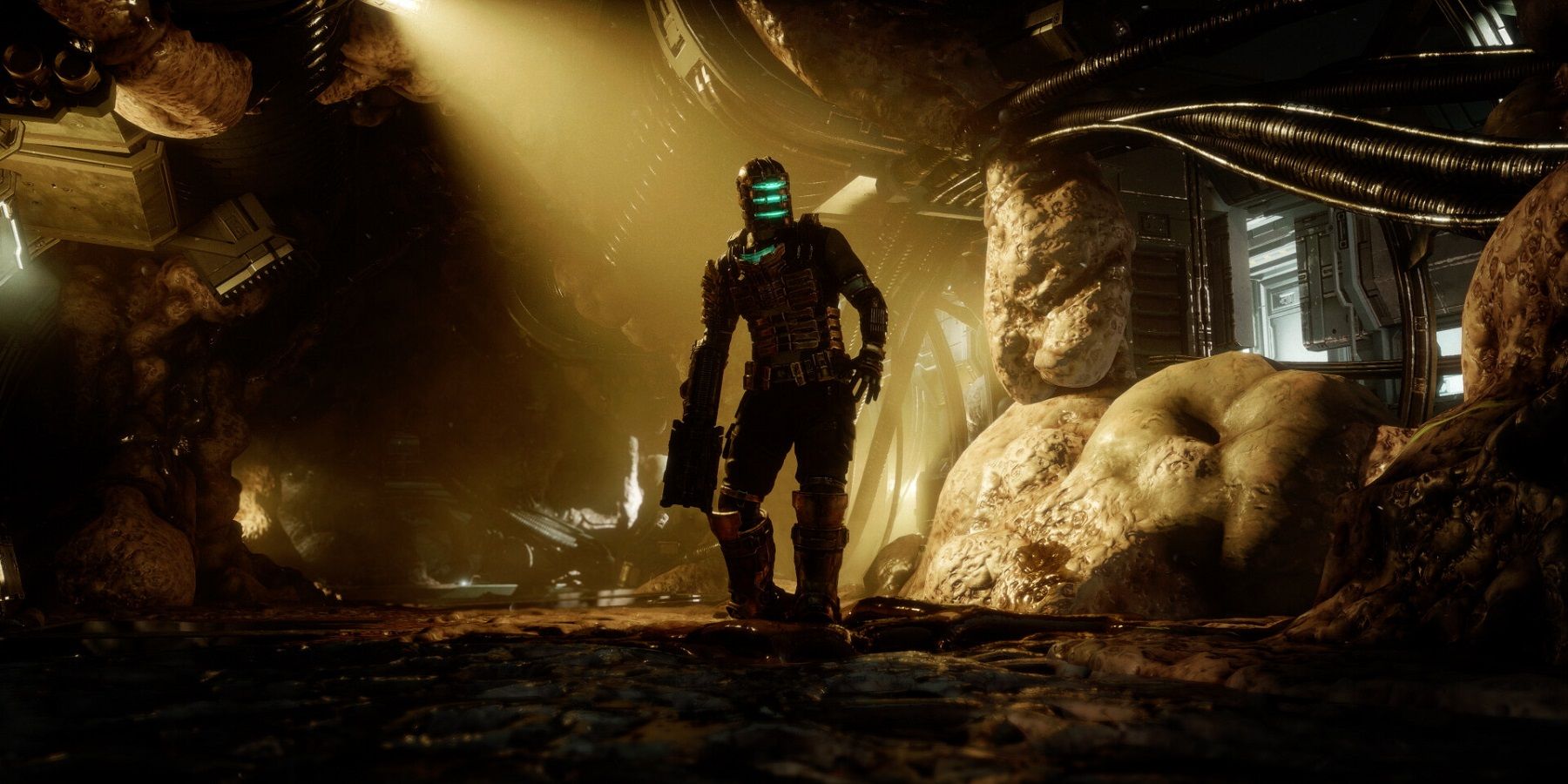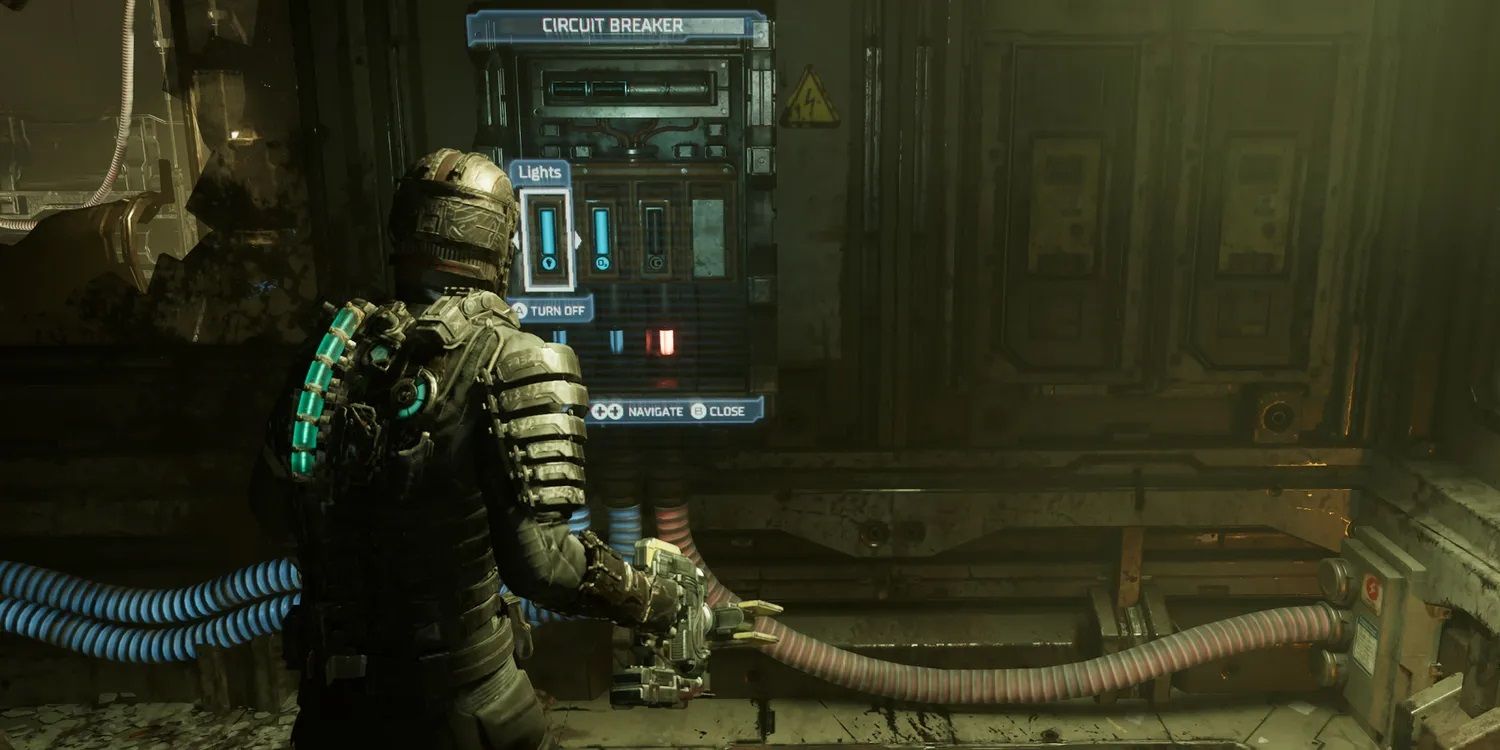After not receiving a new game in over a decade, the Dead Space remake has captivated players with its largely faithful adaptation of Issac Clarke's harrowing journey through the USG Ishimura. Several major changes from the original game, such as Issac being voiced and the Ishimura's map in Dead Space being interconnected have been met with praise, but more subtle changes should become staples of the horror game genre.
The most notable of these is allowing players to choose how certain set pieces play out, offering dramatically different experiences depending on the decision made. It's a detail that only shows up a couple of times in Dead Space but is handled so well that it shows the potential of having future horror games implement it in some way.
Player Choice Can Add Tension to Horror
A notable moment in chapter 3 of the Dead Space remake has players go to the ship's engineering deck and forces them to choose between turning off the oxygen in a room or turning off the lights so that there is enough power to activate fuel pumps for the ship's engines. Although most aspects of this section don't change beyond the effects of this single choice, that decision radically affects the section's tone.
Should players opt to turn off the lights, navigation takes on a more methodical pace, incentivizing players to keep their weapon aimed forward to keep the flashlight on. Even with that small comfort, visibility is limited and players have to rely more on audio cues. It leaves a feeling of being more vulnerable which is a potent feeling early on in the game.
The opposite can be said if the oxygen is turned off, with the comfort behind this choice being the oxygen tanks nearby to replenish supplies when they get low. Despite that, the section becomes far more fast-paced as players scramble between reaching the objective and fighting off necromorphs. Just as the darkness is effective, especially against early players whose arsenal and defense can add to the fear of being placed in a vulnerable position, having a small oxygen tank adds to the situation's franticness.
Regardless of the path players choose, the section lasts for a few minutes, and there isn't much else like it in the rest of the game. Dead Space can make safe places feel unsafe, and this one moment only adds to that because it forces players to choose between 2 bad options in a space that was already cleared out.
An equivalent to this sort of decision can be found in the Resident Evil 2 remake when in one portion of the game, players have to quickly decide between running through a corridor of zombies or running down another one that has the formidable Mr. X walking down. There are some conceptual similarities between this decision and the one made in Dead Space, but in the case of Resident Evil 2's Mr. X, both options result in a quick escape under ideal circumstances.
This variation is good because it can have individual games stand out for how they implement decision-making, but the Dead Space remake innovates by having the pacing of the entire section change thanks to one decision. Future horror games can benefit in small but meaningful ways by giving players the uncomfortable choice of deciding what stressful situation to put themselves in.
Even if it occurs once or twice during a game's runtime, it would add replay value to a horror game while sticking out for being a memorable moment. They can even expand on the concept of the decision by permanently locking off certain areas depending on the player's choice to better insinuate a disquieting feeling that the wrong decision had been made. Whatever methods developers use, more should take from this small part of Dead Space to turn the concept of choice against the player.
Dead Space is now available for PC, PS5, and Xbox Series X/S.





